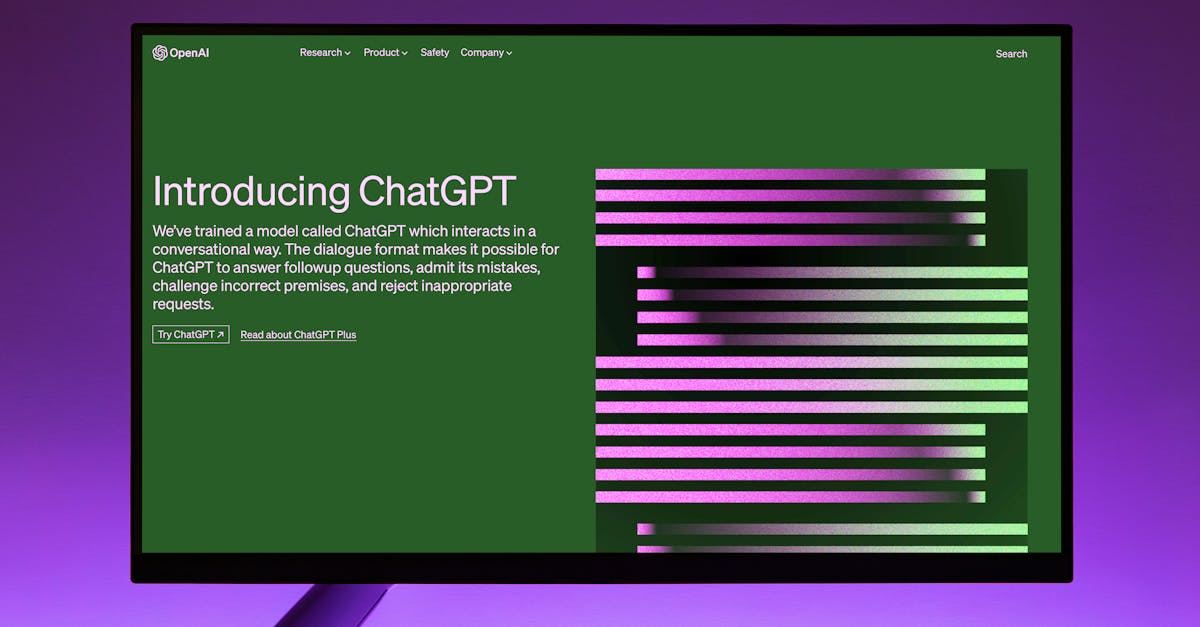Introduction
OpenAI's latest innovation, Sora, is making waves across the internet. This groundbreaking text-to-video model generates hyper-realistic videos from text prompts, marking a significant advancement in AI and opening up exciting possibilities across various fields. This post delves into Sora's capabilities, its underlying technology, ethical considerations, and its potential impact on the future.
How Sora Works: From Noise to Narrative
Sora utilizes a diffusion model approach. Imagine starting with random static noise; this noise is gradually refined and shaped based on the detailed text prompt, until a coherent video emerges. This process is akin to an artist transforming a sketch into a masterpiece. The model's ability to understand and interpret human language at a deep level is crucial to this transformation. Sora's advanced architecture, employing a transformer architecture, allows it to maintain consistency in videos, ensuring characters and objects remain coherent even across complex scenarios and transformations. This is achieved by analyzing visual information considering the context of each element.
Sora's Capabilities and Versatility
Sora's versatility is one of its most striking features. It can generate videos up to a minute long, enabling a wide array of storytelling possibilities. From scenes depicting a woman walking through Tokyo's neon-lit streets to woolly mammoths traversing a snowy landscape, Sora produces videos with exceptional detail and realism, blurring the line between the digital and physical world. This capability opens doors for filmmakers, advertisers, educators, and anyone interested in visual storytelling.
Ethical Considerations and Responsible AI
OpenAI acknowledges the potential for misuse of such powerful technology. The rapid spread of misinformation in the digital age necessitates careful consideration of the ethical implications of hyper-realistic video generation. To mitigate risks, OpenAI has implemented safety measures, including "red teaming" (where experts actively try to find and exploit vulnerabilities) and developing detection classifiers to identify videos generated by Sora. This reflects a commitment to responsible AI development.
The Future of Creativity with Sora
Sora's potential applications are vast and exciting. Educators can use it to bring history to life; designers can prototype concepts in motion; and activists can create powerful narratives. The model's ability to generate videos from text opens up a world of creative exploration. While Sora has limitations (such as accurately simulating complex physics), these serve as catalysts for ongoing research and innovation. OpenAI envisions a future where AI tools like Sora act as partners to artists, enhancing creative expression and making art creation more accessible and inclusive. This will revolutionize creative industries, allowing for real-time adjustments to films based on audience response and the creation of dynamic, ever-changing music videos.
Conclusion
OpenAI's Sora represents a remarkable leap forward in text-to-video AI. Its ability to generate hyper-realistic videos from text prompts is transformative, opening up new avenues for creativity and innovation across diverse fields. While ethical considerations are paramount, OpenAI's commitment to responsible development ensures that this technology can be harnessed for positive impact. The future of AI-powered creativity is bright, and Sora is at the forefront of this exciting journey.
Keywords: OpenAI, Sora, text-to-video, AI, diffusion model

Comments
Post a Comment